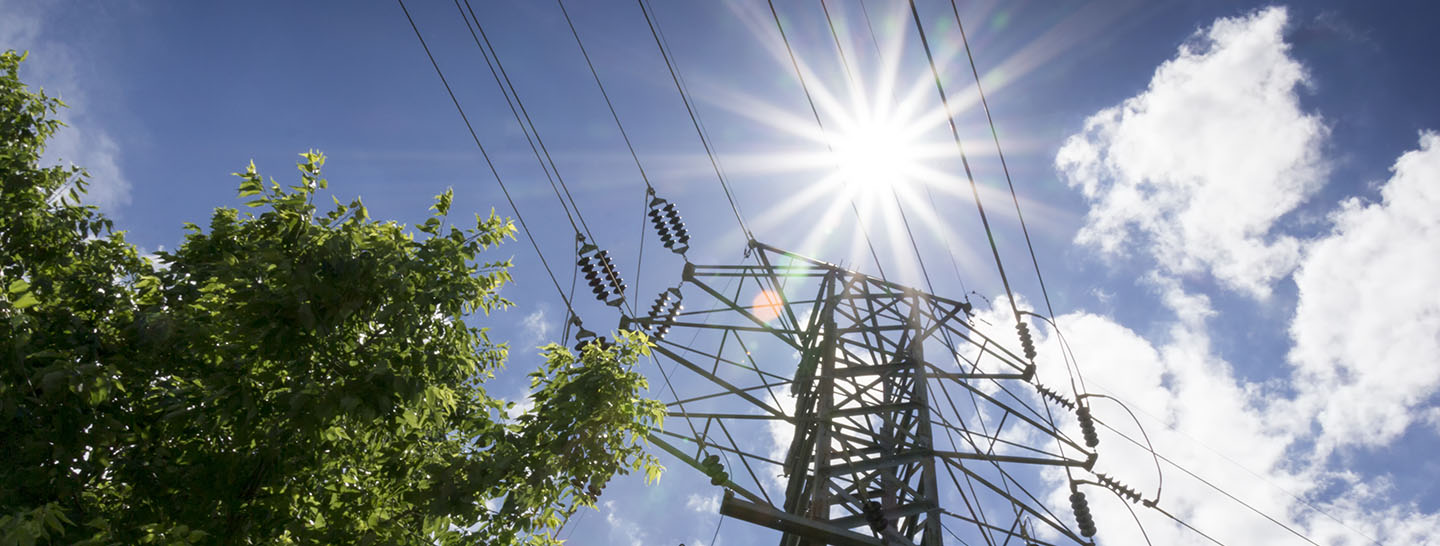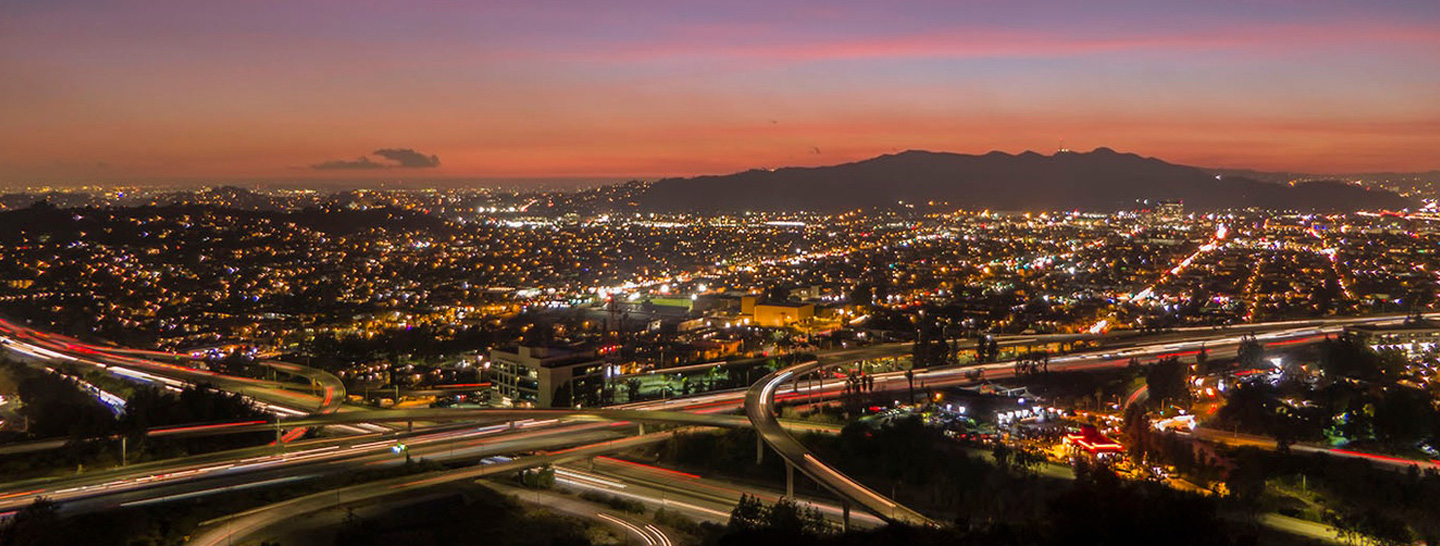Why Are There More DR Events?
These are aggregate counts of dozens of programs, and the reasons for these events vary between each region and each event. But at a high level, we’re seeing a number of themes across the country, including some of the following:
Extreme weather is part of the increase, but not all of it. The effects of extreme weather on the grid are varied and can be complicated. Fundamentally, though, extreme weather stresses the grid by affecting both demand (creating high demand for heating or cooling, for instance) and supply (extreme weather makes generation operation more difficult).
Weather can contribute to grid stress in a variety of compounding ways. For instance, in 2020, extreme weather was a major driver of an increase in the number of California demand response events. Both heatwaves and the resulting wildfires had a part in it—the region had huge energy demand due to cooling needs during the heatwave, but the wildfires and heat put stress on energy generation equipment, and solar generation decreased as smoke clouds the sky. At times like this, demand response can be one helpful resource in the larger process of balancing supply and demand.
Even so, while such extreme weather events have led to many dispatches across the country, weather alone is not sufficient to explain the size of the increase.
The flexibility offered by DR is crucial as more intermittent renewables come online. High levels of renewable energy can lead to the classic “duck curve” and other load shift patterns. The duck curve creates challenges for grid operators even on normal days because solar and wind, as intermittent technologies, are hard to predict. But on peak demand days where resources are stretched thin, the duck curve creates even more of a challenge.
As states try to move away from more readily dispatchable supply like gas and coal, a cleaner option at times of real-time shortfall is to use resources like demand response. DR can help to lower demand on peak days where there are supply concerns – for instance, if a cloudy forecast leads to unexpectedly low solar generation.
Fast DR is becoming even more important as the grid changes. Not only are grid operators using demand response more than ever, fast dispatch programs specifically are increasing quickly.










